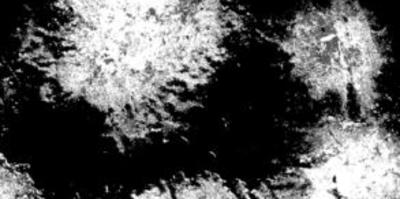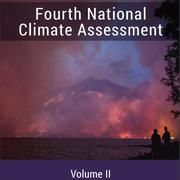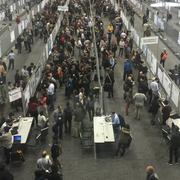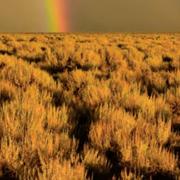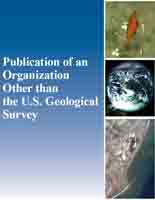Due to a lapse in appropriations, the majority of USGS websites may not be up to date and may not reflect current conditions. Websites displaying real-time data, such as Earthquake and Water and information needed for public health and safety will be updated with limited support. Additionally, USGS will not be able to respond to inquiries until appropriations are enacted. For more information, please see www.doi.gov/shutdown
Earth Resources Observation and Science (EROS) Center
Home
At the USGS EROS Center, we study land change and produce land change data products used by researchers, resource managers, and policy makers across the nation and around the world. We also operate the Landsat satellite program with NASA, and maintain the largest civilian collection of images of the Earth’s land surface in existence, including tens of millions of satellite images.
Image of the Week
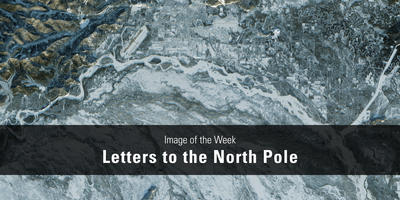
Landsat does not collect imagery over the geographic North Pole, but it does capture imagery of the places where letters to Santa are delivered.
North PoleNews
EROS Scientists Bring Their Knowledge, Work to National Climate Assessments
Whether fully or in part, the Earth Resources Observation and Science (EROS) Center’s fingerprints are all over the National Climate Assessment (NCA) and associated reports that have been released since passage of the U.S. Global Change Research Act of 1990.
EROS Research Presented at AGU
The American Geophysical Union’s Fall Meeting takes place Dec. 10-14 in Washington, D.C. The work of the USGS Earth Resources Observation and Science (EROS) Center will be well-represented at the weeklong conference. More than half a dozen USGS EROS researchers will lead or participate in sessions, and EROS authors contributed to many others....
Post-fire Sagebrush Recovery Looks to Landsat Time Series Data for Solutions
When a wildfire rampages through a sagebrush domain, restoring the landscape’s natural vegetation afterward is often a dicey proposition. But now complicate that situation with soil-moisture-robbing drought either before or after the fire. What becomes the best restoration solution then?
Publications
Using remote sensing to quantify ecosystem site potential community structure and deviation in the Great Basin, United States
The semi-arid Great Basin region in the Northwest U.S. is impacted by a suite of change agents including fire, grazing, and climate variability to which native vegetation can have low resilience and resistance. Assessing ecosystem condition in relation to these change agents is difficult due to a lack of a consistent and objective Site Potential (...
Rigge, Matthew B.; Homer, Collin G.; Wylie, Bruce K.; Gu, Yingxin; Shi, Hua; Xian, George Z.; Meyer, Debra K.; Bunde, BrettBest practices for elevation-based assessments of sea-level rise and coastal flooding exposure
Elevation data are critical for assessments of sea-level rise (SLR) and coastal flooding exposure. Previous research has demonstrated that the quality of data used in elevation-based assessments must be well understood and applied to properly model potential impacts. The cumulative vertical uncertainty of the input elevation data substantially...
Gesch, Dean B.The National Elevation Dataset
The National Elevation Dataset (NED) is a primary elevation data product that has been produced and distributed by the U.S. Geological Survey (USGS). Since its inception, the USGS has compiled and published topographic information in many forms, and the NED is a significant development in this long line of products that describe the land surface....
Gesch, Dean B.; Evans, Gayla A.; Oimoen, Michael J.; Arundel, Samantha

